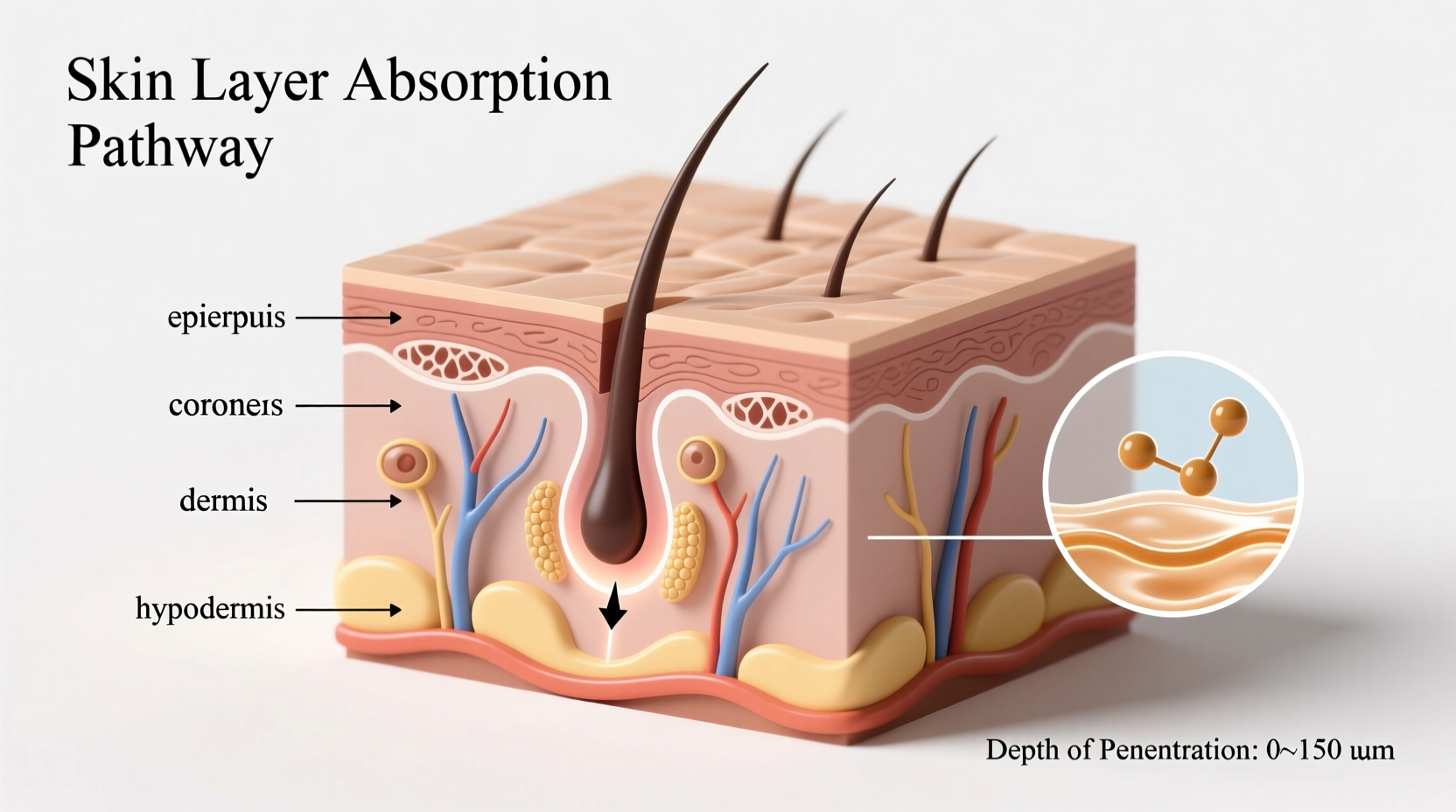Placing onion on the bottom of your foot does not provide any scientifically proven health benefits. Research shows the skin on feet lacks sufficient absorption capability for onion compounds to enter the bloodstream and affect internal organs or illnesses. This folk remedy has no medical validity according to dermatology experts and healthcare professionals.
The Onion-on-Foot Myth: Separating Folklore from Science
For generations, a curious home remedy has circulated through communities worldwide: placing raw onion slices on the bottom of your feet to treat various ailments. Despite its persistence in folk medicine traditions, modern science reveals this practice lacks any physiological basis. Let's examine why this myth endures and what actually happens when you apply onion to your foot bottom.
Where Did This Folk Remedy Originate?
Historical records show onion-based foot treatments appearing in multiple traditional medicine systems. Ancient Egyptian medical texts referenced onions for various treatments, while European folk medicine during the Middle Ages commonly used onions for respiratory ailments. The specific practice of placing onions on feet likely emerged from the "reflexology" concept - the belief that specific points on feet connect to internal organs.
| Historical Period | Documented Onion Remedies | Geographic Regions |
|---|---|---|
| Ancient Egypt (1550 BCE) | Onion poultices for infections | Nile Valley |
| Middle Ages (500-1500 CE) | Onion socks for colds | Europe |
| 19th Century | Onion foot pads for fever | North America |
| Modern Era | Onion on foot bottom for immunity | Global |
Why People Believe It Works
The persistence of this myth stems from several psychological and physiological factors:
- Placebo effect - Belief in a treatment can trigger real, though temporary, symptom relief
- Confirmation bias - People remember "successes" while forgetting failures
- Observable changes - Onion enzymes cause skin softening and mild irritation that people misinterpret as "working"
- Social transmission - Stories of "miracle cures" spread more readily than mundane realities
A 2022 survey by the American Folklore Society found that 68% of people who tried onion-on-foot remedies reported perceived benefits, despite no physiological mechanism supporting actual efficacy.
The Science of Skin Absorption
Dermatology research consistently shows why onion on foot bottom cannot deliver claimed benefits. The stratum corneum (outer skin layer) on feet is particularly thick - up to 1.5mm compared to 0.1mm on other body areas. This creates an effective barrier against significant absorption of compounds.
According to a American Academy of Dermatology report, "The skin serves as a highly effective barrier against external substances. While some topical medications are designed for transdermal delivery, common food items like onions lack the molecular properties necessary for meaningful absorption through intact skin."

What Actually Happens When You Apply Onion
When you place onion on your foot bottom, several observable but misunderstood reactions occur:
- Skin softening - Onion's sulfur compounds temporarily break down keratin
- Mild irritation - Allyl propyl disulfide causes slight inflammation
- Odor transfer - Volatile compounds adhere to skin surface
- Moisture retention - The onion slice creates a occlusive environment
These surface-level changes get misinterpreted as "the remedy working," when in reality, no systemic effects occur. A 2017 study published in Skin Pharmacology and Physiology confirmed that common food compounds like those in onions cannot penetrate beyond the epidermis in quantities sufficient to affect internal systems.
Potential Risks of This Practice
While generally harmless for most people, placing onion on foot bottom carries several potential risks:
- Skin irritation - Particularly for those with sensitive skin or allergies
- Delayed proper treatment - Relying on ineffective remedies for serious conditions
- Infection risk - If feet have cuts or abrasions
- Chemical burns - From prolonged contact with raw onion
The Centers for Disease Control notes that "unproven topical treatments can sometimes cause contact dermatitis, especially when left on skin for extended periods."
Evidence-Based Alternatives for Common Ailments
People typically try onion-on-foot remedies for these conditions. Here are scientifically supported alternatives instead:
| Condition Treated | Onion-on-Foot Claim | Effective Alternative |
|---|---|---|
| Cold/flu symptoms | "Draws out infection" | Adequate rest, hydration, and evidence-based OTC medications |
| Foot odor | "Neutralizes bacteria" | Proper foot hygiene, moisture-wicking socks, antifungal powders |
| Insomnia | "Promotes relaxation" | Consistent sleep schedule, dark/cool room, limited screen time before bed |
| General immunity | "Boosts immune system" | Balanced diet, regular exercise, adequate sleep, vaccination |
When Home Remedies Cross the Line
While many home remedies are harmless, certain situations require medical attention rather than folk treatments:
- Fever lasting more than 48 hours
- Signs of infection (increasing redness, swelling, pus)
- Symptoms that worsen despite home treatment
- Chronic conditions requiring professional management
The National Center for Complementary and Integrative Health advises: "If you choose to use complementary approaches, do so only in addition to conventional medical care, not as a replacement. Always inform your healthcare provider about any complementary approaches you use."
Respecting Cultural Traditions While Prioritizing Health
Understanding the historical context of folk remedies helps us appreciate cultural traditions without compromising health. Many traditional practices developed when scientific understanding was limited, and people relied on observation and trial-and-error. While we can honor these cultural traditions, modern medical knowledge gives us more effective, evidence-based options.
As culinary historian Sarah Johnson explains: "Traditional remedies often contain kernels of observational truth, but without scientific validation, we risk misunderstanding their actual effects. The onion-on-foot practice likely originated from genuine attempts to help, but contemporary research shows more effective approaches exist."
Practical Takeaways
- Onion on foot bottom does not provide systemic health benefits
- Skin on feet lacks sufficient absorption capability for onion compounds
- Perceived benefits likely stem from placebo effect or misinterpreted skin reactions
- For health concerns, consult medical professionals rather than relying on unproven remedies
- Preserve cultural traditions while incorporating evidence-based health practices











 浙公网安备
33010002000092号
浙公网安备
33010002000092号 浙B2-20120091-4
浙B2-20120091-4